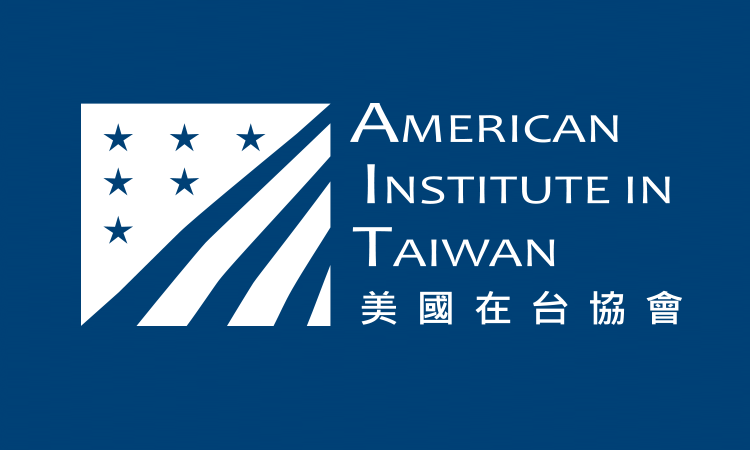June 23, 2015
AIT Official Text #: OT-1513
Minister Wei, Deputy Minister Kao, Professor Liu, Director Eberts, Deputy Representative Neumann, distinguished guests, and friends: good morning.
I am delighted to be with you today to help open this conference on carbon reduction strategies and low carbon technologies development. I have had the pleasure of participating in several Taiwan EPA-hosted conferences and workshops on climate change in recent years, reflecting the growth in global cooperation on this issue. As U.S. Secretary of State John Kerry recently reminded us, climate change is “one of the biggest threats facing our planet today,” and ranks alongside other top global challenges such as terrorism, extremism, epidemics, poverty, and nuclear proliferation in the attention it rightly demands from us. These are threats that respect no borders, and it is only through shared international efforts like today’s conference that we will identify the necessary solutions to these problems.
Under President Obama’s Climate Action Plan, the United States has taken major steps to address climate change, and because of that, we are on the way to meeting our international commitments to significant cut greenhouse gas emissions by 2020. The United States is reducing emissions from transportation and power sources, which account for about 60 percent of the greenhouse gases that we release. We have created new standards to double the fuel efficiency of cars and trucks in the United States, and we have proposed tough new regulations that will curb carbon pollution from new and existing power plants. In the last six years, the United States has also tripled its wind energy production and increased solar energy generation more than tenfold. Equally important, we have increased energy efficiency in American homes and businesses.
It is inspiring to see that Taiwan is also stepping up its efforts to address climate change. I congratulate Taiwan for passing the landmark “Greenhouse Gas Reduction and Management Act” last week, which creates emissions targets to help reduce Taiwan’s overall greenhouse gas emissions. This willingness to take action at home sends a clear signal abroad about Taiwan’s seriousness of purpose as it seeks to contribute to international efforts to address climate change.
There is no doubt that carbon reduction technologies, such as carbon capture and sequestration, or “CCS,” will continue to be an important part of future climate change efforts. Many scientific studies have emphasized how much more difficult and expensive it will be to prevent global temperature increases if we do not also work to capture and store carbon. That is why the United States has committed over six billion dollars over the past decade for carbon capture, utilization, and sequestration. The U.S. Department of Energy and Environmental Protection Agency have led major efforts to identify carbon capture resources and develop the technologies to allow for CCS to be adopted on a broad commercial scale. I am very pleased that we have with us today former and current officials from both of these U.S. government agencies to share their experiences and provide more detail about what the United States in doing in these areas.
There are still enormous obstacles standing in the way of our realizing the goal of cleaner, more sustainable approaches to energy. But the need is urgent, and we will only get there through sustained, joint efforts, including through conference such as this. With that goal in mind, I wish you all a rewarding experience in today’s conference.
Thank you.
















![Video Thumbnail [Recovered]-01](../wp-content/uploads/sites/269/Video-Thumbnail-Recovered-01-1-750x450.jpg)





